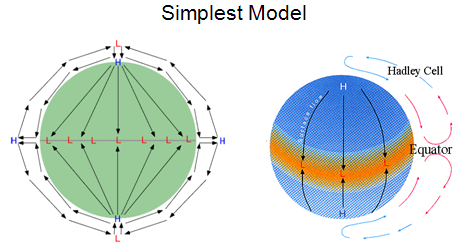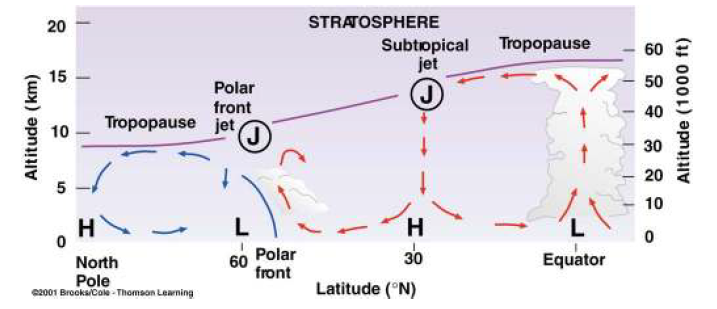Name That Best Describes a Clockwise Change of Wind Direction
Wind Air in motion relative to the surface of the earth. What happens to the wind direction as a warm front passes.
A wind which ascends a mountain valley during the day.

. A high is sometimes called an anti-cyclone because its winds move in the opposite direction of a cyclones winds. Wind direction is conveyed as the direction OUT of which or from which the wind is blowing. It tends to veer which means the direction whence the wind comes rotates clockwise.
Gradient of the air pressure field. South to southwest to west the opposite of backing. Uneven heating of earths atmosphere.
The speed of the wind is related to the spacing between isobars close fast far slow. Which best describes why winds at the beach change direction between day and night. Drag the correct azimuth to the correct direction.
Wind velocity is most directly dependent on the. Because cool air rises and is replaced by warm air from the ocean. Wind shear is the sudden tearing or shearing effect encountered along the edge of a zone in which there is a violent change in wind speed or direction.
The direction of the wind is related to the orientation of the isobars and friction. It can exist in a horizontal or vertical direction and produces churning motions and consequently turbulence. When isobars are close together locations close to them have.
In the Northern Hemisphere this is an area of high pressure characterized by winds which move clockwise out of it. Cold air is more dense than warm air. This term is usually used to denote horizontal air motions.
The Coriolis effect makes wind systems twist counter-clockwise in the Northern Hemisphere and clockwise in the Southern HemisphereGenerally prevailing winds blow east-west rather than north-south. This is a way of expressing what hot humid weather really feels like. This happens because Earths rotation generates what is known as the Coriolis effect.
Because warm air over land sinks and stays in place over land. A change in wind direction in a clockwise manner ie. Change of wind direction in a clockwise sense for example west to northwest with respect to either space or time.
Because the temperatures over land and over water change. Wind is caused mainly by air-pressure differences that result from. This is the product of the mixing height and transport wind speed and is an indicator of dispersion potential.
However this only explains a steady-state wind in equilibrium which is great for theoretical explanations but is too idealized for the real atmosphere. Wind direction can be described as north south east or west or by azimuth the degrees clockwise from north. Wind is the movement of air.

I Ching Symbols Google Search Numerology I Ching Numerology Life Path


No comments for "Name That Best Describes a Clockwise Change of Wind Direction"
Post a Comment